Home>Storage & Organization>Kitchen Organizing Tools>How To Get My Cat To Use The Litter Box Again
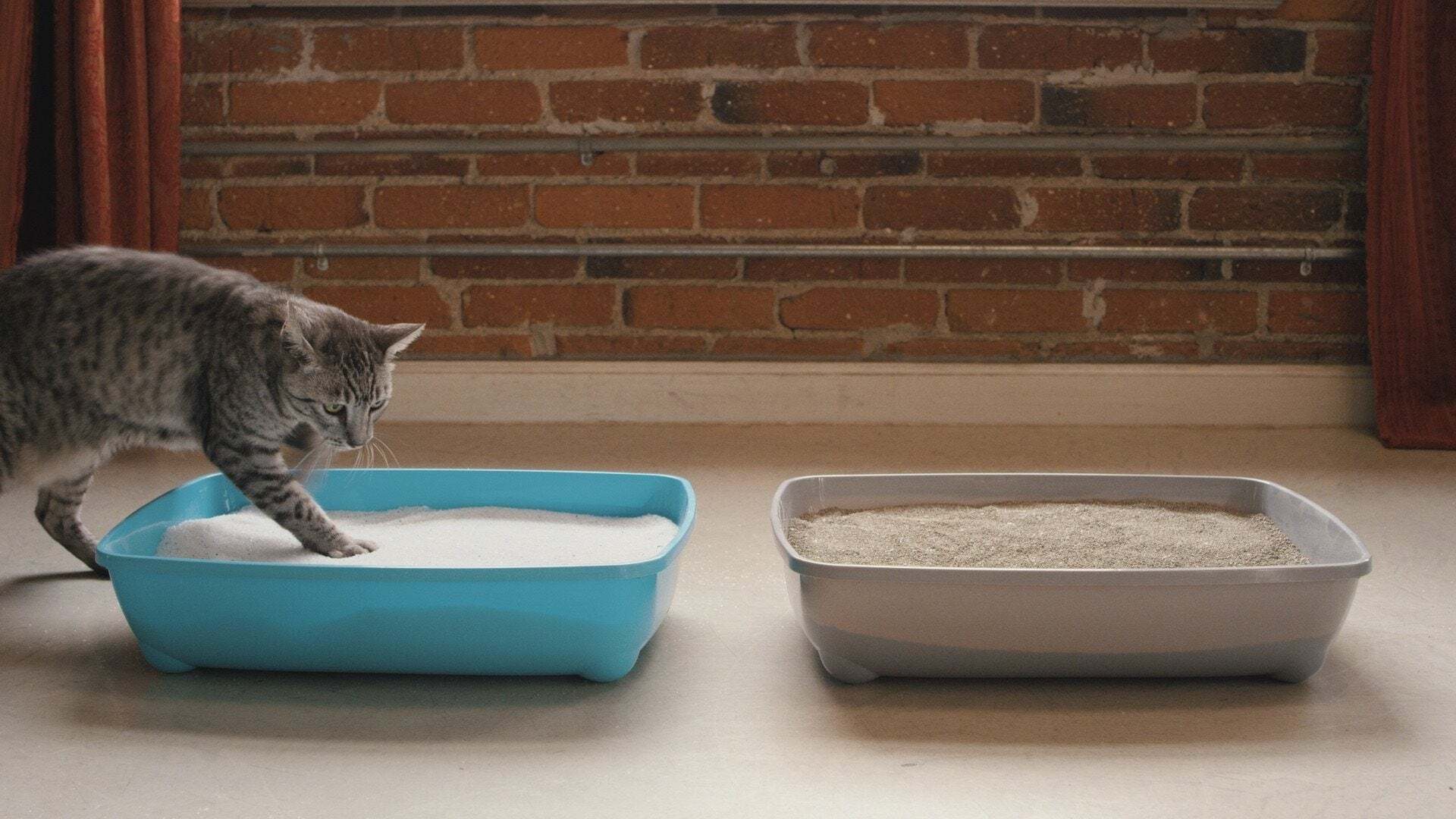

Kitchen Organizing Tools
How To Get My Cat To Use The Litter Box Again
Modified: August 24, 2024
Discover effective kitchen organizing tools to help your cat use the litter box again. Find the best solutions for a tidy and stress-free environment.
(Many of the links in this article redirect to a specific reviewed product. Your purchase of these products through affiliate links helps to generate commission for Storables.com, at no extra cost. Learn more)
Introduction
Having a cat that refuses to use the litter box can be a frustrating and perplexing experience for any pet owner. It's not uncommon for cat parents to encounter this issue, and it's essential to address it promptly to ensure the well-being of both the cat and the household. Understanding the reasons behind your cat's refusal to use the litter box is the first step in finding a solution to this problem. This comprehensive guide will delve into the various factors that may contribute to your cat's aversion to the litter box and provide practical tips for retraining your feline friend to use it again.
Cats are known for their fastidious nature, and their instinctual inclination to bury their waste makes the litter box an essential aspect of their domestic life. When a cat suddenly stops using the litter box, it can be indicative of an underlying issue that needs to be addressed. Whether it's a behavioral problem, a medical concern, or an environmental factor, identifying the root cause is crucial in resolving the issue effectively.
In this guide, we will explore the potential reasons behind your cat's reluctance to use the litter box and offer insights into how to address each factor. From medical issues that may be causing discomfort to evaluating the litter box setup and environment, we will cover all aspects that could contribute to your cat's behavior. Additionally, we will provide practical tips for retraining your cat to use the litter box, ensuring a smooth transition back to proper litter box habits.
By gaining a deeper understanding of your cat's behavior and needs, you can take proactive steps to encourage them to use the litter box consistently. With patience, empathy, and the right approach, you can help your cat rediscover the comfort and familiarity of the litter box, fostering a harmonious environment for both you and your feline companion.
Key Takeaways:
- Addressing your cat’s refusal to use the litter box involves understanding medical, environmental, and behavioral factors. By creating a calm environment, adjusting the litter box setup, and seeking veterinary care, you can help your cat rediscover proper litter box habits.
- Retraining your cat to use the litter box requires patience, positive reinforcement, and gradual reintroduction. By consulting with a veterinarian, creating a stress-free environment, and implementing thoughtful retraining strategies, you can support your cat’s journey back to consistent litter box use.
Read more: How To Get My Cat To Poop In The Litter Box
Understanding the reasons behind your cat's refusal to use the litter box
When your cat suddenly stops using the litter box, it can be perplexing and concerning. Understanding the potential reasons behind this behavior is crucial in addressing the issue effectively. Cats are creatures of habit, and any deviation from their usual behavior may signal an underlying problem. Here are some common reasons why your cat may be refusing to use the litter box:
-
Medical Issues: Cats may avoid the litter box if they are experiencing pain or discomfort while urinating or defecating. Medical conditions such as urinary tract infections, bladder stones, or gastrointestinal problems can cause your cat to associate the litter box with pain, leading them to avoid it altogether. It's essential to rule out any underlying health issues by consulting a veterinarian.
-
Litter Box Aversion: Cats are particular about their toileting habits, and they may develop an aversion to the litter box due to various reasons. This aversion could stem from the type of litter used, the cleanliness of the box, or the location of the box within the home. Cats may also develop aversions to certain scented litters or covered litter boxes, preferring a more open and unscented setup.
-
Stress or Anxiety: Cats are sensitive to changes in their environment, and stress or anxiety can manifest in their litter box behavior. Events such as moving to a new home, the introduction of a new pet, or changes in the household routine can trigger stress in cats, leading to litter box avoidance as a coping mechanism.
-
Behavioral Issues: In some cases, litter box avoidance may be linked to behavioral issues such as territorial marking, conflicts with other pets, or a preference for urinating or defecating in specific areas of the home. Understanding your cat's behavior and any recent changes in their environment can provide valuable insights into potential behavioral triggers.
By recognizing the potential reasons behind your cat's refusal to use the litter box, you can take proactive steps to address the underlying issues. Whether it involves seeking veterinary care, reassessing the litter box setup, or addressing environmental stressors, a comprehensive understanding of your cat's behavior is essential in finding a suitable solution. In the following sections, we will delve deeper into each potential factor and provide actionable tips for retraining your cat to use the litter box effectively.
Addressing medical issues that may be causing the problem
When a cat exhibits a sudden change in litter box behavior, it's crucial to consider the possibility of underlying medical issues. Cats are adept at masking signs of illness, and changes in toileting habits can serve as a red flag for potential health concerns. Addressing medical issues that may be causing your cat's aversion to the litter box requires a proactive approach and close attention to your cat's well-being.
One of the primary medical issues that can lead to litter box avoidance is a urinary tract infection (UTI). Cats with UTIs may experience discomfort or pain while urinating, associating the litter box with their discomfort and subsequently avoiding it. Additionally, bladder stones or crystals can cause similar symptoms, leading to litter box aversion. These conditions can be diagnosed through a veterinary examination, which may include a urinalysis and other diagnostic tests.
Gastrointestinal problems, such as constipation or diarrhea, can also impact a cat's litter box behavior. Cats experiencing digestive issues may seek alternative locations for elimination, avoiding the litter box altogether. It's essential to monitor your cat's stool consistency and frequency, as well as any signs of straining or discomfort during defecation.
Furthermore, senior cats may be prone to age-related conditions such as arthritis or mobility issues, which can make accessing the litter box challenging. Cats experiencing pain or discomfort due to arthritis may find it difficult to enter or exit the litter box, leading them to seek alternative spots for elimination. Accommodating senior cats with lower entry litter boxes or providing easy access to litter boxes on multiple levels can help address mobility-related concerns.
In addition to physical ailments, stress and anxiety can exacerbate existing medical issues or contribute to litter box avoidance. Cats experiencing stress may be more susceptible to developing urinary tract issues, further complicating their litter box behavior. It's essential to create a calm and secure environment for your cat, minimizing stressors that could impact their overall well-being.
Addressing medical issues that may be causing your cat's reluctance to use the litter box requires prompt veterinary attention and a comprehensive assessment of your cat's health. By ruling out potential medical concerns and addressing them effectively, you can pave the way for a successful retraining process and ensure your cat's well-being.
In the next section, we will delve into evaluating the litter box setup and environment to identify potential factors contributing to your cat's litter box aversion.
Evaluating the litter box setup and environment
Assessing the litter box setup and the overall environment in which it is placed is essential in understanding and addressing your cat's reluctance to use the litter box. Cats are highly sensitive to their surroundings, and even subtle changes in the litter box setup or the surrounding environment can impact their toileting behavior. By carefully evaluating these factors, you can identify potential issues and make necessary adjustments to encourage your cat to use the litter box consistently.
Litter Box Accessibility and Placement
The accessibility and placement of the litter box play a significant role in your cat's willingness to use it. Ensure that the litter box is easily accessible to your cat at all times, especially for senior cats or those with mobility issues. Consider the number of litter boxes in multi-cat households, as well as their strategic placement in different areas of the home to provide options for your feline companions.
Read more: How To Get Cat To Use A Covered Litter Box
Litter Type and Cleanliness
The type of litter used and the cleanliness of the litter box are critical factors that can influence your cat's litter box behavior. Cats have individual preferences when it comes to litter texture and scent, so experimenting with different litter types can help determine your cat's preferences. Additionally, maintaining a clean litter box by scooping waste regularly and performing thorough cleanings can promote a more inviting toileting environment for your cat.
Litter Box Size and Style
The size and style of the litter box also impact your cat's comfort and willingness to use it. Ensure that the litter box is spacious enough for your cat to move around comfortably, and consider open-top or low-entry litter boxes for cats that may have difficulty accessing traditional enclosed boxes. Providing options that cater to your cat's preferences can encourage them to use the litter box consistently.
Environmental Stressors
Environmental stressors within the home can significantly affect your cat's litter box behavior. Factors such as loud noises, changes in routine, or the presence of unfamiliar animals can induce stress and anxiety in cats, leading to litter box avoidance. Creating a calm and predictable environment, as well as offering hiding spots and vertical spaces for your cat, can help alleviate stress and promote positive litter box habits.
By carefully evaluating the litter box setup and the surrounding environment, you can gain valuable insights into potential factors contributing to your cat's reluctance to use the litter box. Making thoughtful adjustments based on your observations can create a more conducive toileting environment for your cat, ultimately supporting their transition back to consistent litter box use.
In the following section, we will delve into practical tips for retraining your cat to use the litter box effectively, offering actionable strategies for a successful reintroduction to proper litter box habits.
Tips for retraining your cat to use the litter box
Retraining a cat to use the litter box involves a patient and systematic approach to address any underlying issues and encourage positive toileting habits. By implementing the following tips, you can create a supportive environment for your cat's successful reintroduction to the litter box:
-
Consult with a Veterinarian: Before embarking on the retraining process, it's crucial to rule out any potential medical issues that may be contributing to your cat's litter box aversion. A thorough veterinary examination can help identify and address underlying health concerns, ensuring that your cat is in optimal physical condition to resume litter box use.
-
Create a Calm and Inviting Environment: Establishing a calm and stress-free environment is essential in promoting positive litter box habits. Minimize environmental stressors, provide hiding spots, and maintain a consistent daily routine to alleviate anxiety and create a secure space for your cat to feel comfortable using the litter box.
-
Evaluate and Adjust the Litter Box Setup: Based on your observations, make necessary adjustments to the litter box setup to cater to your cat's preferences. Experiment with different litter types, ensure cleanliness by scooping waste regularly, and consider the size and style of the litter box to accommodate your cat's comfort and mobility needs.
-
Positive Reinforcement and Encouragement: When your cat shows interest in the litter box or uses it appropriately, offer verbal praise, gentle petting, or small treats as positive reinforcement. Creating a positive association with the litter box can motivate your cat to continue using it and reinforce desirable toileting behavior.
-
Gradual Reintroduction and Monitoring: Gradually reintroduce your cat to the litter box by placing them near the box at regular intervals, especially after meals or naps. Monitor their behavior and provide gentle guidance to encourage exploration and eventual use of the litter box.
-
Addressing Accidents with Neutralizing Cleaners: In the event of accidents outside the litter box, use enzymatic cleaners to thoroughly neutralize odors and discourage repeat incidents. Avoid using ammonia-based cleaners, as they can mimic the scent of cat urine and inadvertently attract your cat to the same spot.
-
Seek Professional Behavior Guidance if Needed: If retraining efforts prove challenging or if your cat's litter box aversion persists, consider seeking guidance from a professional animal behaviorist or a certified feline behavior consultant. Their expertise can provide tailored strategies to address specific behavioral concerns and facilitate successful litter box retraining.
By implementing these tips and maintaining a patient, empathetic approach, you can support your cat's journey back to consistent litter box use. Remember that each cat is unique, and the retraining process may require time and persistence. With your proactive efforts and understanding of your cat's needs, you can create a positive and encouraging environment for successful litter box retraining.
Clean the litter box regularly and place it in a quiet, accessible spot. If your cat has stopped using it, consult a vet to rule out any medical issues. Gradually transition to a new litter if needed.
Conclusion
In conclusion, addressing your cat's refusal to use the litter box requires a multifaceted approach that encompasses understanding, empathy, and proactive intervention. By delving into the potential reasons behind your cat's aversion to the litter box, including medical issues, environmental stressors, and behavioral factors, you can gain valuable insights into the underlying causes of this behavior. Understanding the significance of the litter box setup and the surrounding environment is pivotal in creating a conducive space for your cat to feel comfortable and secure in resuming proper litter box habits.
Retraining your cat to use the litter box effectively involves a combination of veterinary care, environmental adjustments, and positive reinforcement. By consulting with a veterinarian to rule out potential medical concerns, creating a calm and inviting environment, and evaluating and adjusting the litter box setup, you can lay the groundwork for a successful retraining process. Additionally, implementing positive reinforcement, gradual reintroduction, and addressing accidents with neutralizing cleaners can further support your cat's transition back to consistent litter box use.
It's important to approach the retraining process with patience and understanding, recognizing that each cat responds differently to behavioral interventions. By maintaining a supportive and empathetic stance, you can navigate the retraining journey with your cat, fostering a harmonious and stress-free environment that encourages positive litter box habits.
Ultimately, the goal of retraining your cat to use the litter box again is to create a comfortable and reassuring space for them to fulfill their natural toileting instincts. By addressing any underlying issues, creating an inviting litter box environment, and implementing thoughtful retraining strategies, you can help your cat rediscover the comfort and familiarity of the litter box, promoting their overall well-being and strengthening the bond between you and your feline companion. With dedication, understanding, and a proactive approach, you can guide your cat back to consistent and positive litter box habits, ensuring a harmonious coexistence in your shared home.
Frequently Asked Questions about How To Get My Cat To Use The Litter Box Again
Was this page helpful?
At Storables.com, we guarantee accurate and reliable information. Our content, validated by Expert Board Contributors, is crafted following stringent Editorial Policies. We're committed to providing you with well-researched, expert-backed insights for all your informational needs.
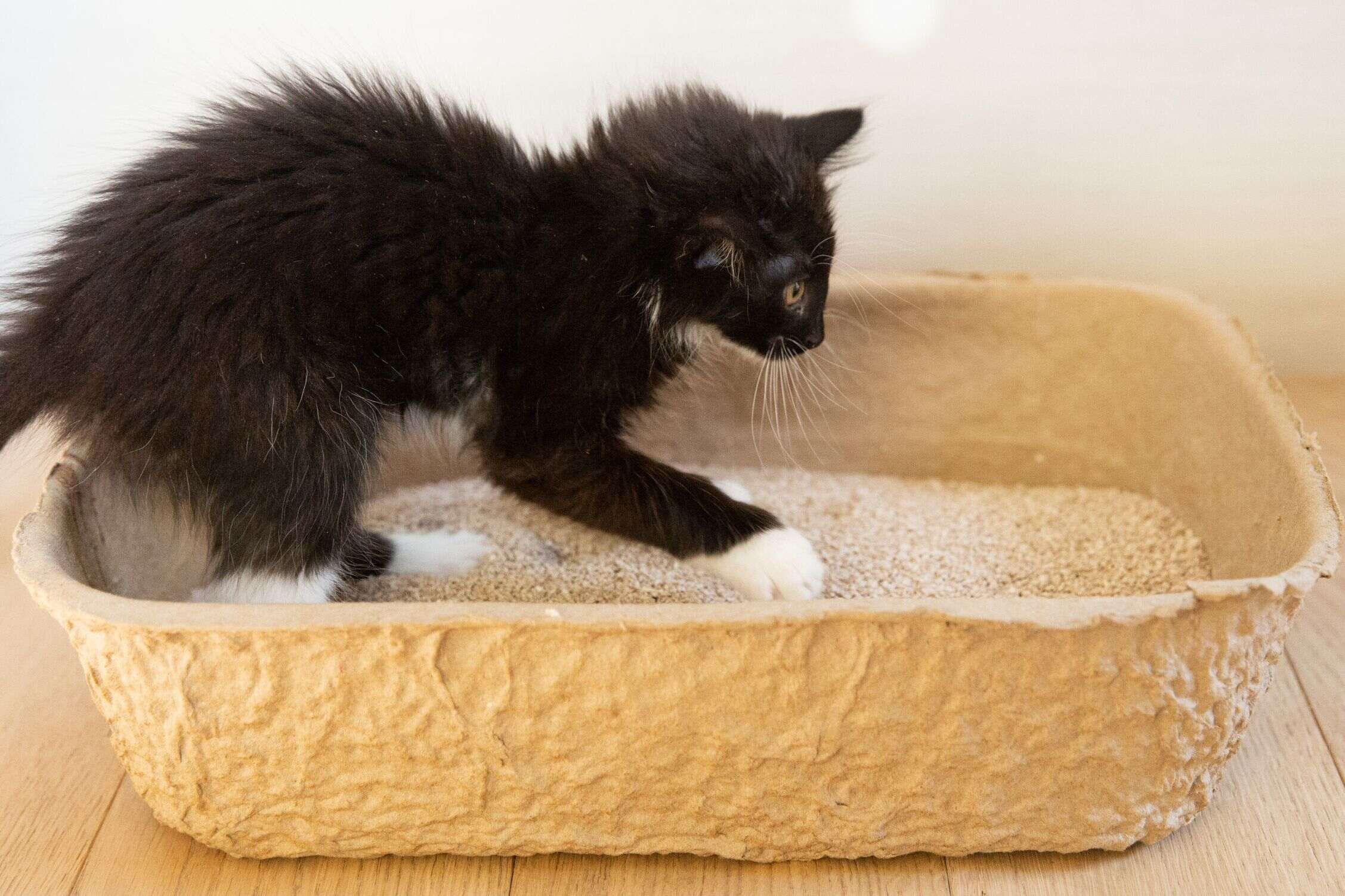
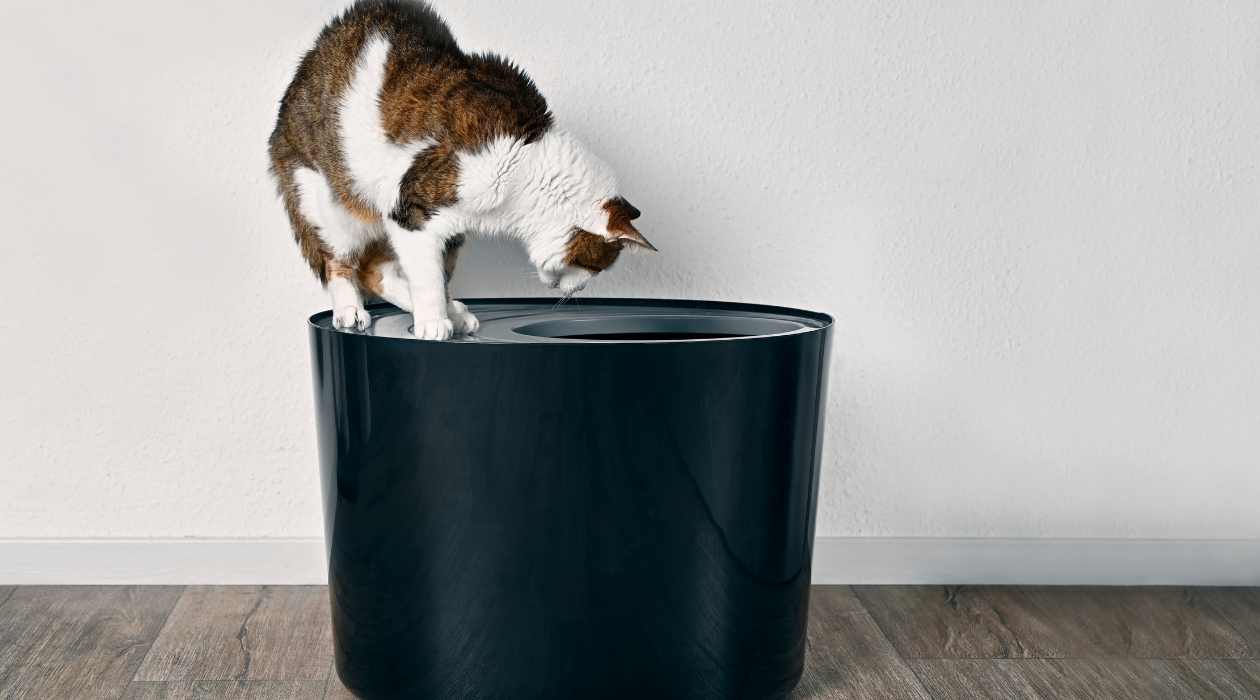
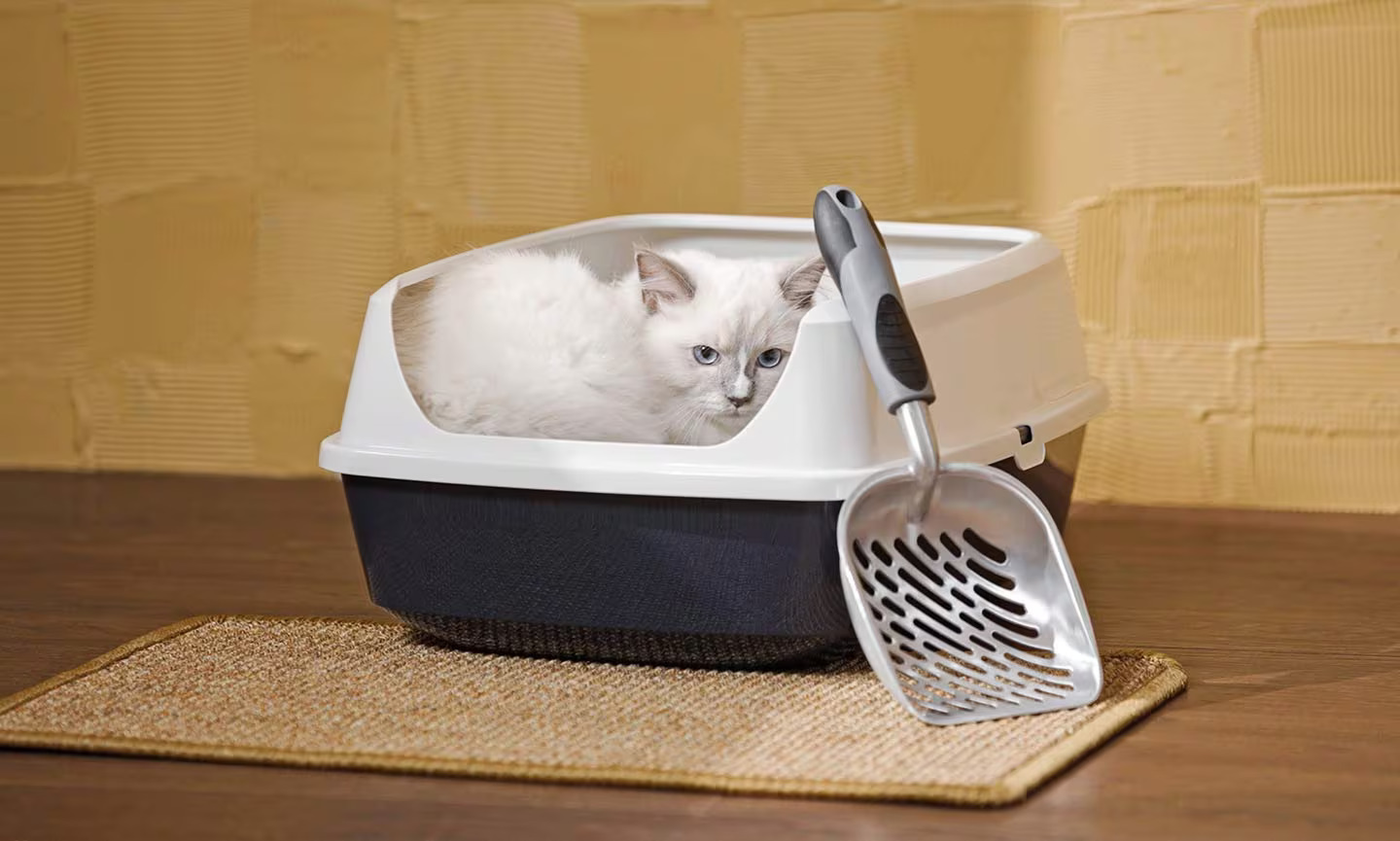
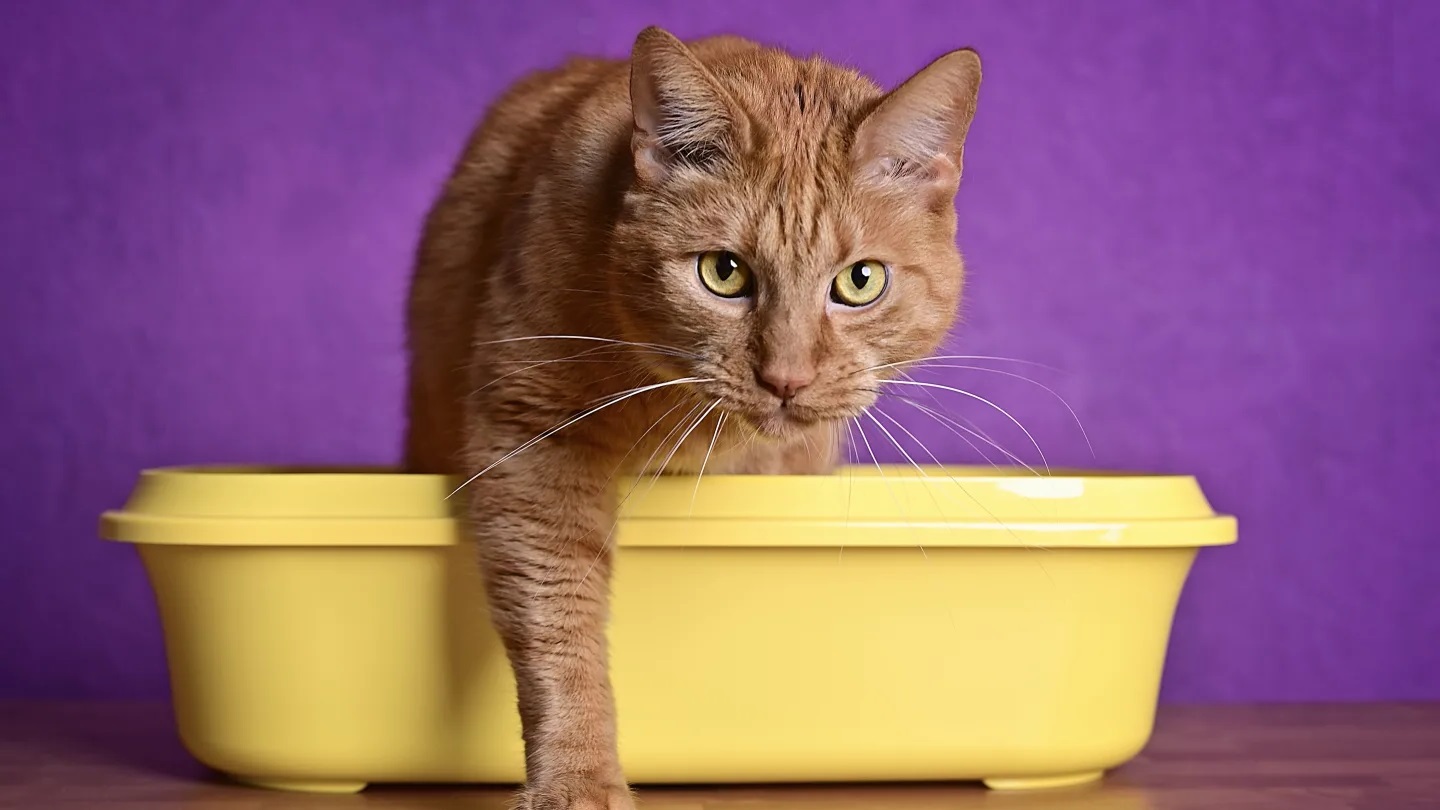
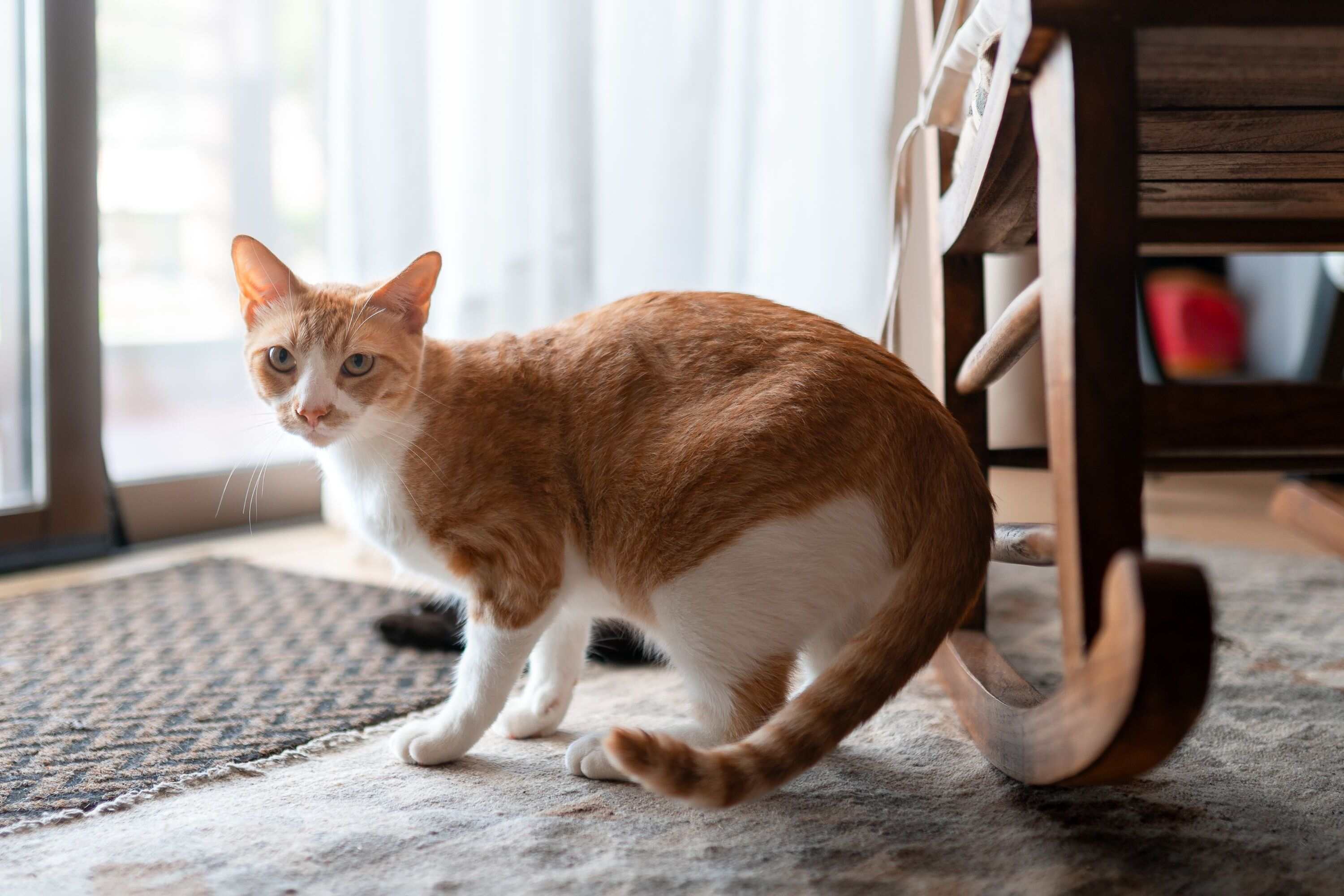
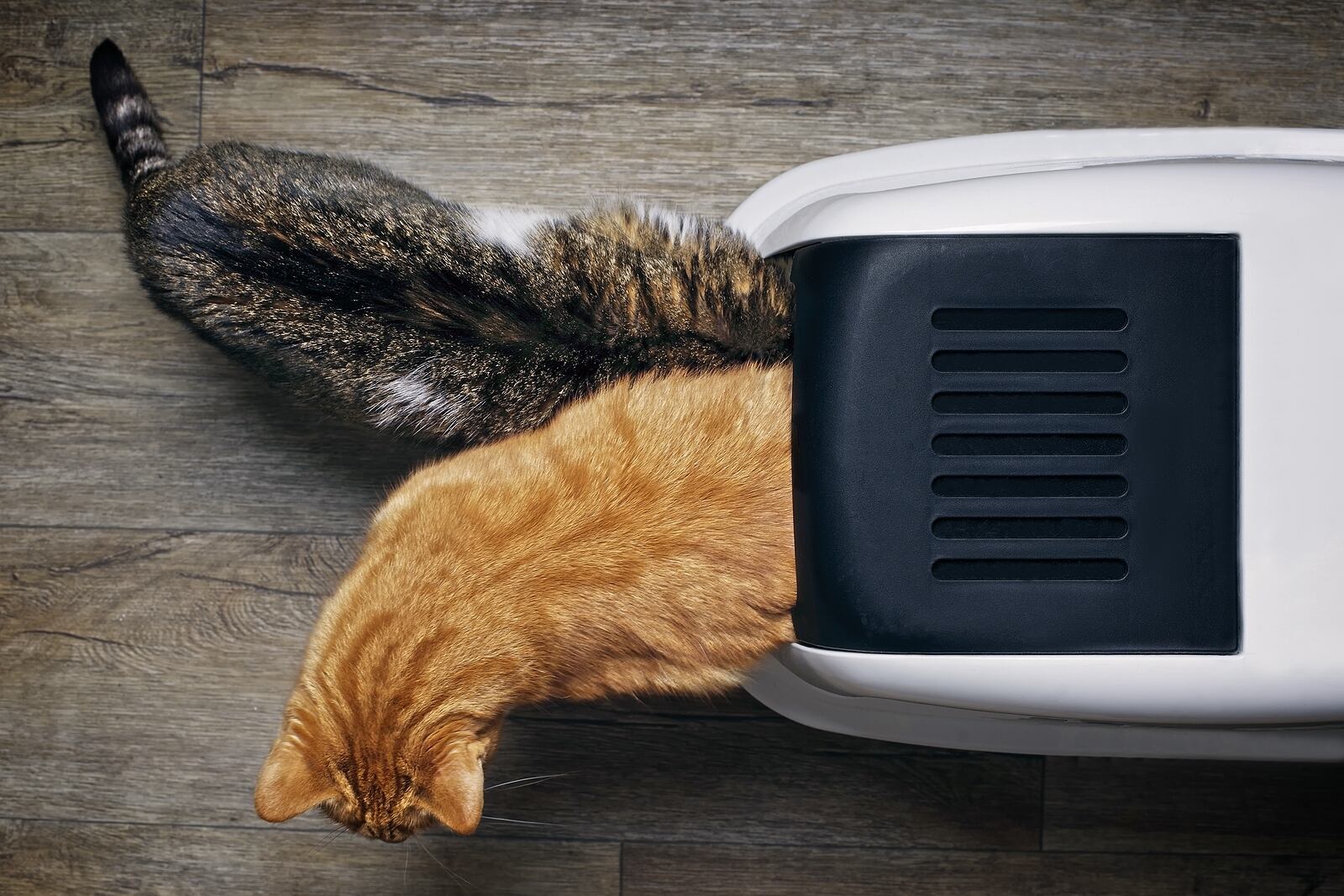
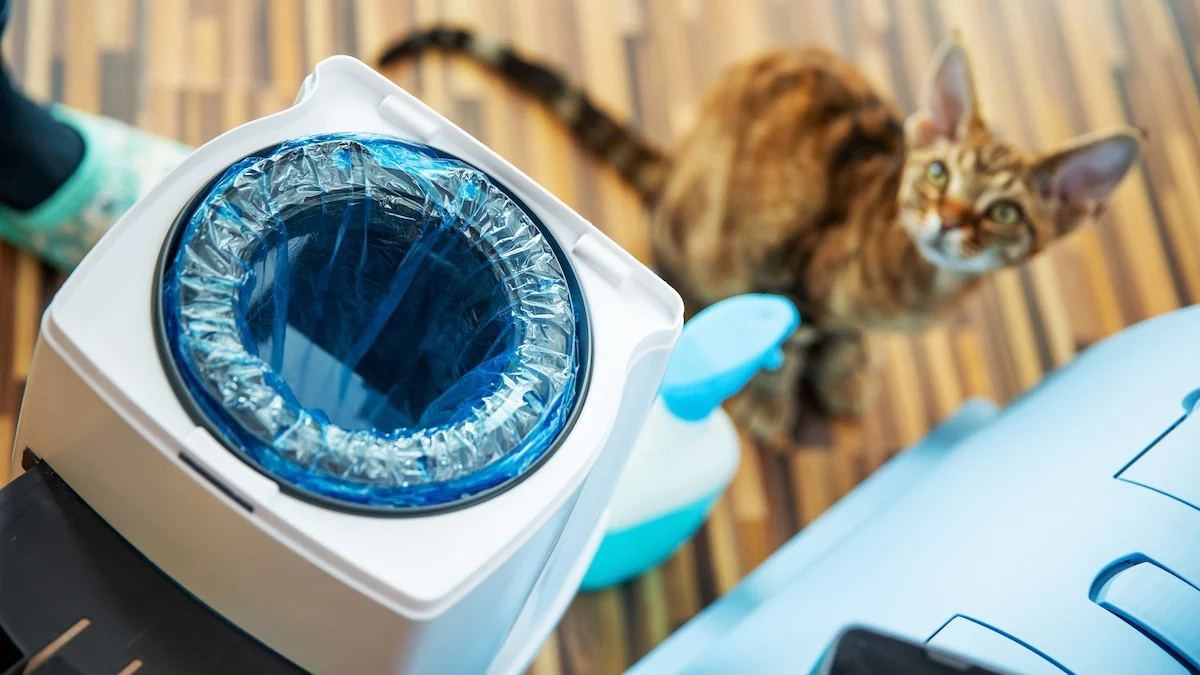
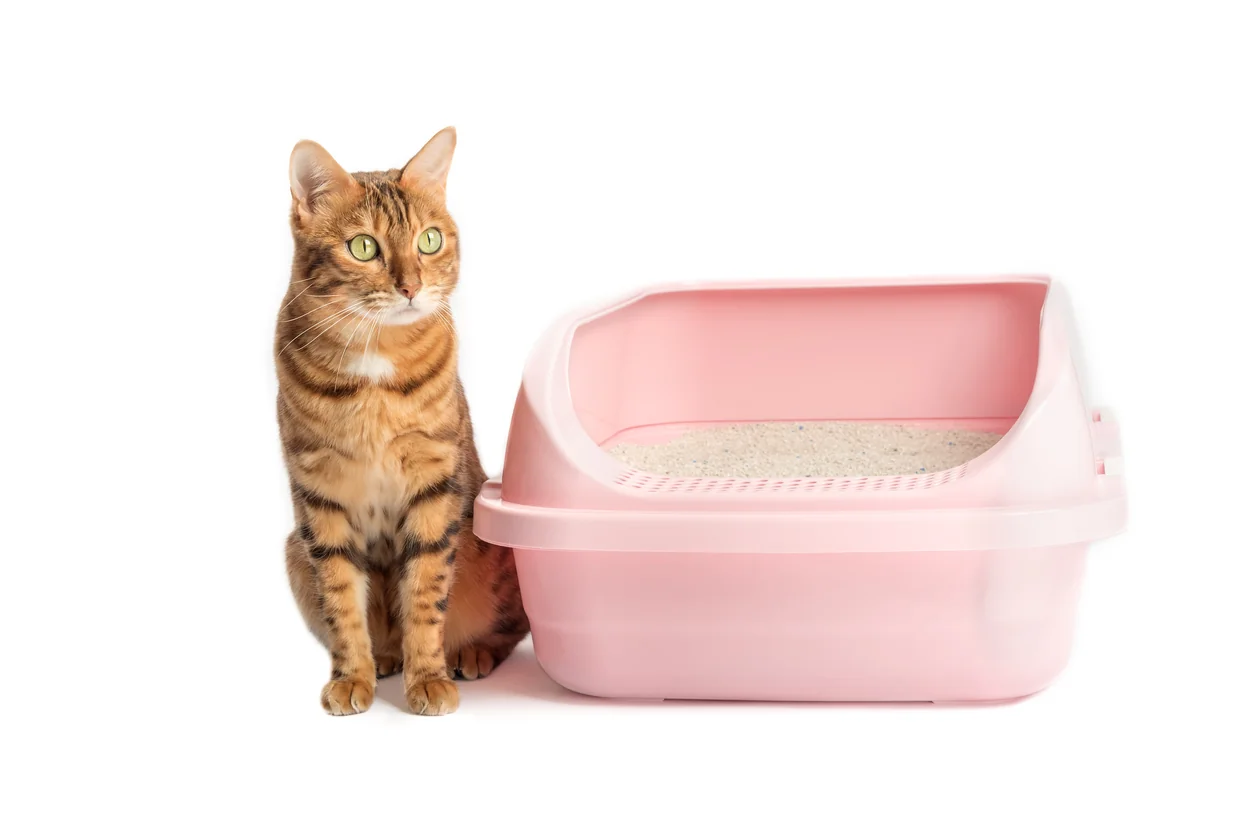
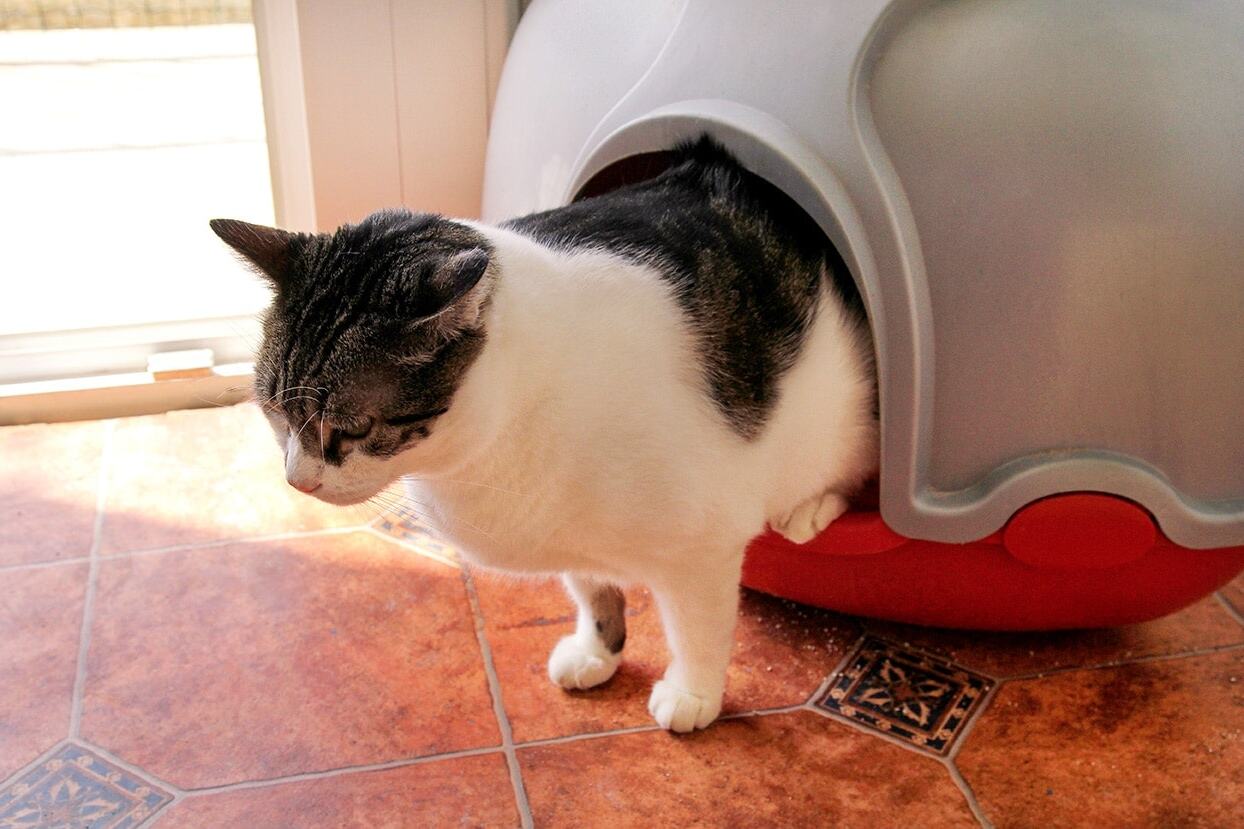
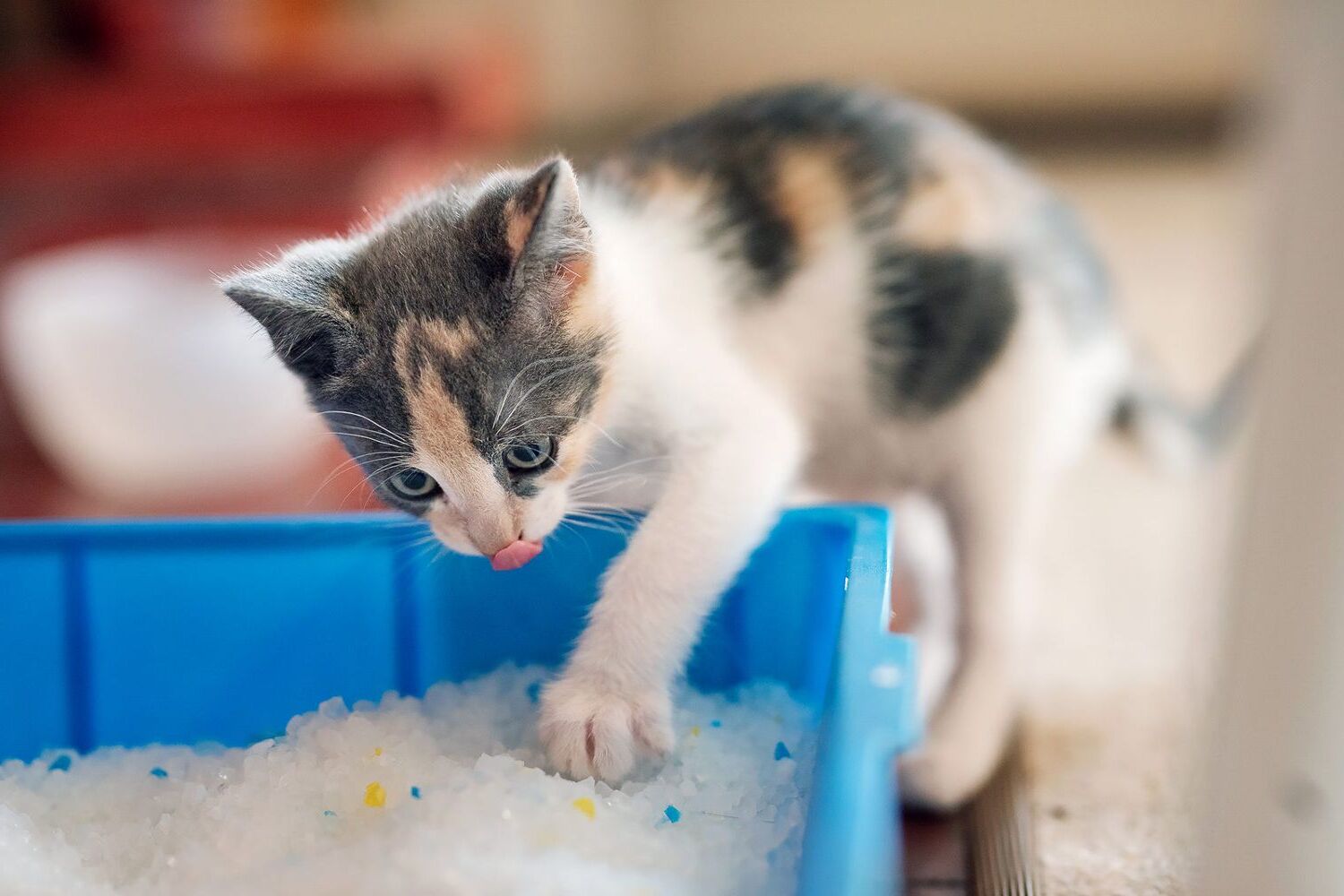
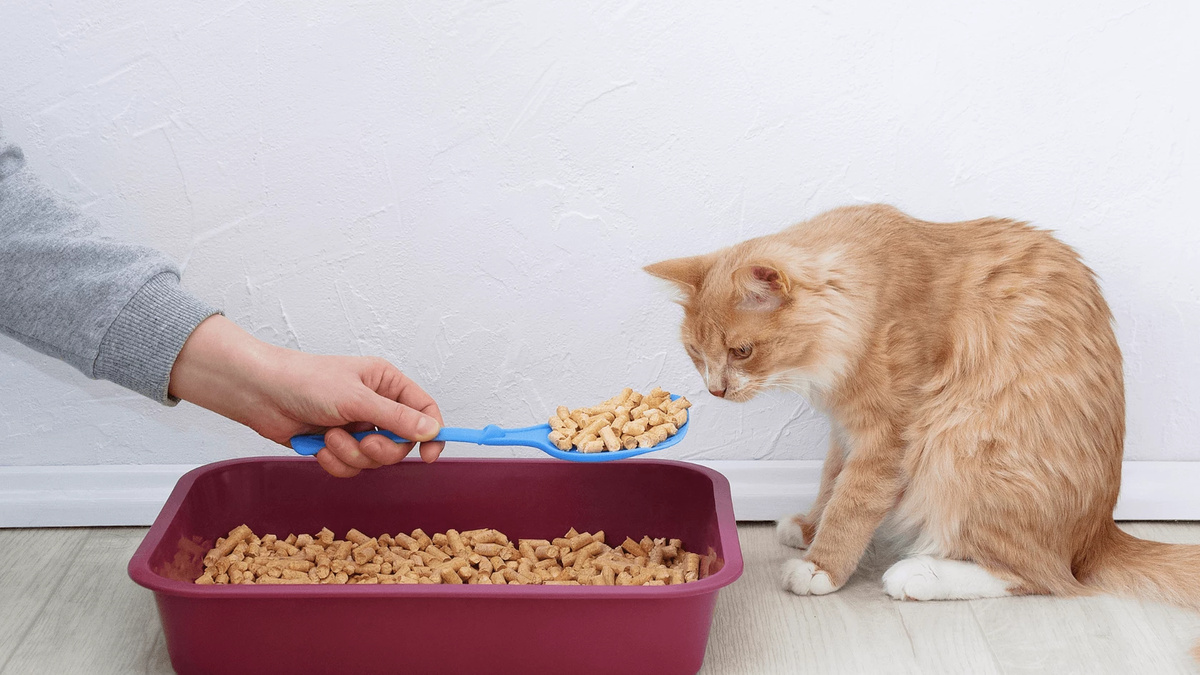

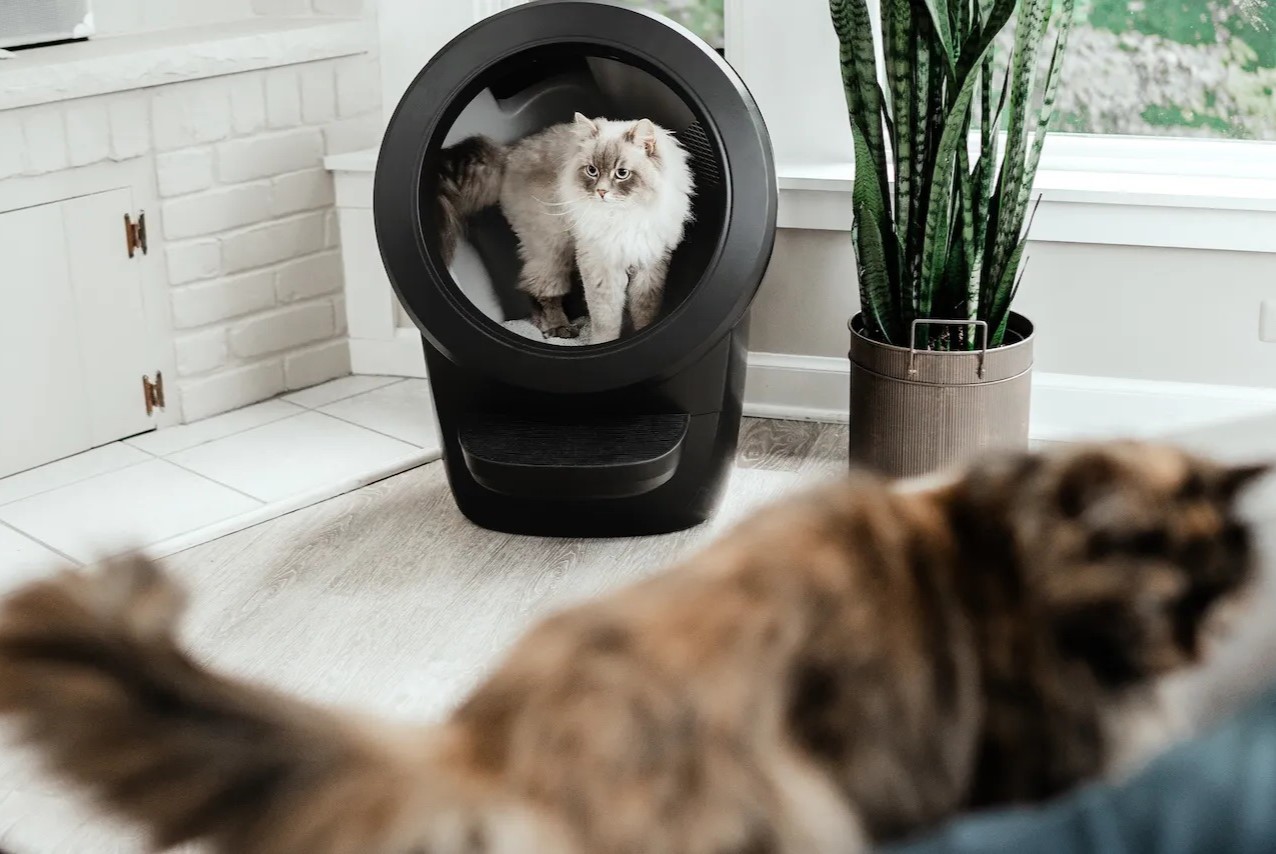

0 thoughts on “How To Get My Cat To Use The Litter Box Again”